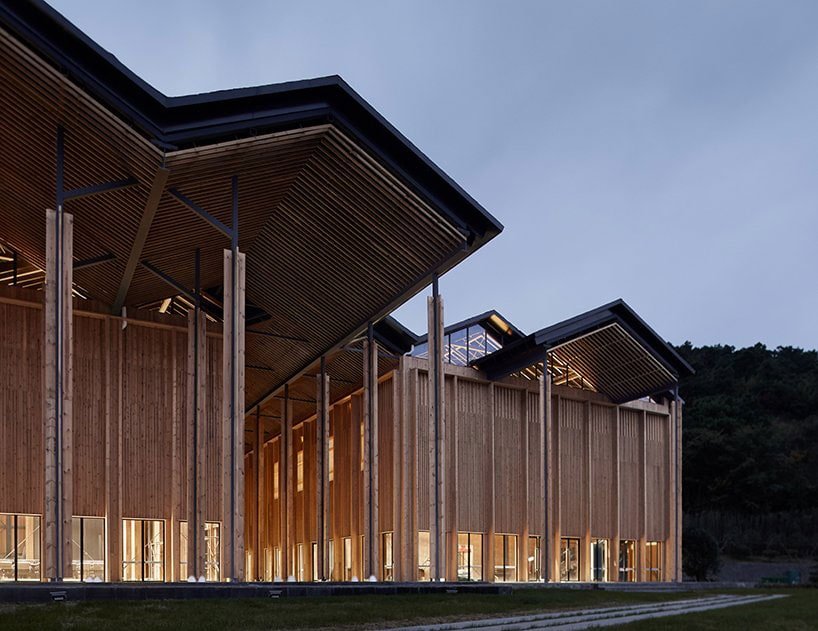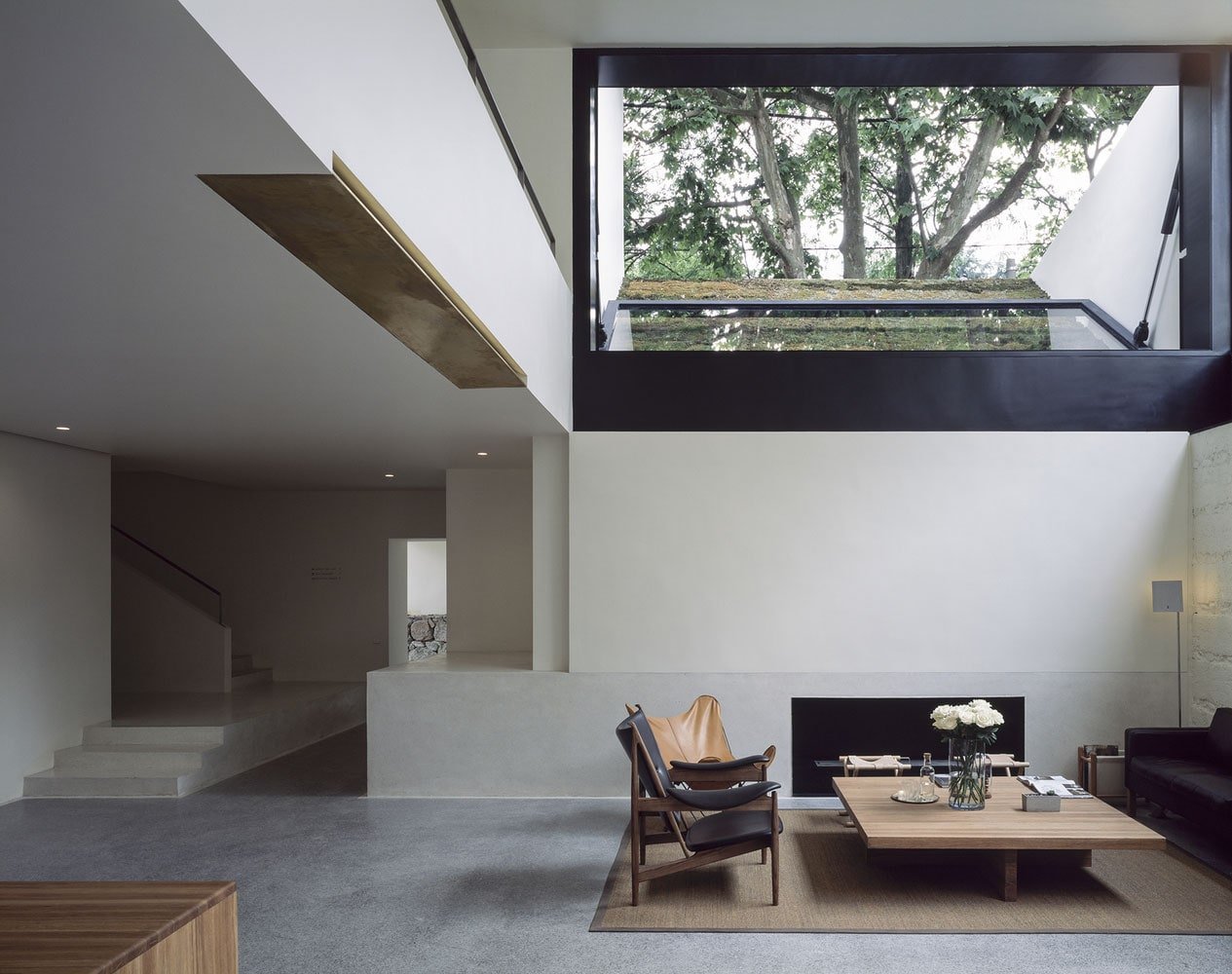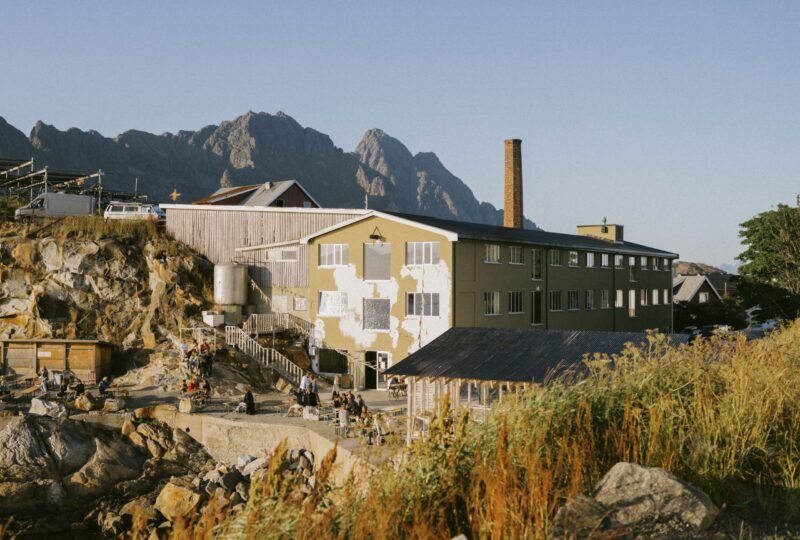How China Is Reimagining Its Countryside in Architecture

The future is urban? Pop culture and architectural trends in China seem to suggest otherwise. This article is the second of a two-part series discussing the ways in which Chinese society is reimagining the countryside. Click here to read Part 1.
Celebrities and internet personalities are not the only ones who have seized on the potential of China’s countryside. Architects, in particular, have also turned their attention to the country’s rural areas, which were overlooked for many decades due to the heavy emphasis placed on urban growth and development. Now, the countryside is emerging as a new frontier of experimental architecture in China, where artists, architects, and developers are finding not only physical but also symbolic space to explore the intersection of tradition and modernization.



AZL Architects’ Shitang Village Internet Conference Center is one of the many architectural projects that rode on this wave. Located in a small town 40km away from the city of Nanjing, the building is a multi-functional space that was proposed by the local government to serve as a new gathering place for the community. The building’s design takes on features of two other types of architecture common in China’s rural regions: greenhouses and community auditoriums. This integration of architectural styles allows the building to fit visually in its rural environment while revitalizing the area with new infrastructures and technologies for local residents.

Another project that experiments with the rural landscape is NATURALBUILD’s Lost Villa Boutique Hotel in Yucun, a small village seated at the foot of Mount Mogan (Moganshan) in Zhejiang province. The site, which was previously a silkworm farm, has been transformed into a resort that strives to compliment its dynamic surrounding scenery, including the mountains, greenery, and scattered settlements. While the hotel primarily attracts urban residents with the unique offering of experiencing life in the countryside, its cafe, restaurant, and exhibition area are also open to the public and frequently hosts programs for the local community.

Along with 20 other projects, these works were featured at the Pavilion of China during the 16th International Architecture Exhibition, La Biennale di Venezia, as part of an exhibition entitled “Building a Future Countryside.” Curated by Li Xiangning, a professor at Tongji University College of Architecture and Urban Planning in Shanghai, the exhibition presented a panoramic view of the countryside’s future in China. By including projects related to local cultural practices, domestic tourism, traditional dwellings, and local production, Li highlighted the ways in which China’s countryside can be reimagined and revived.



Ultimately, while architectural and pop-cultural trends in China seem to suggest a gradual shift in the symbolic meaning of being “rural,” it remains true that the country’s near future is undoubtedly urban. For most of the Chinese working and middle class, living in a city is still an aspiration, if not a norm, and the ability to voluntarily leave the city and move to the countryside is a privilege. Nonetheless, as boundaries between the “urban” and the “rural” become increasingly blurred, now is the time to reconsider the future of the countryside, in China and the rest of the world.



